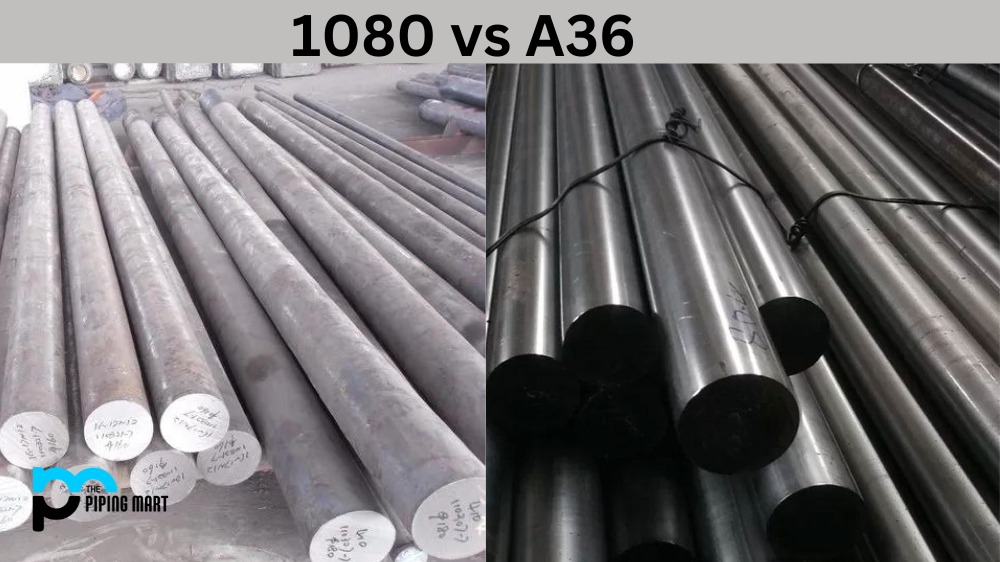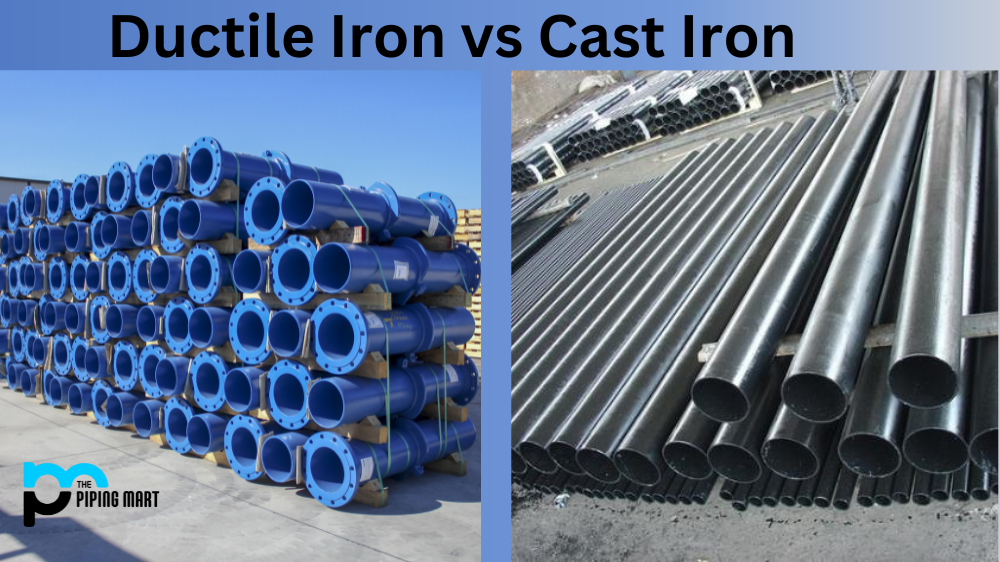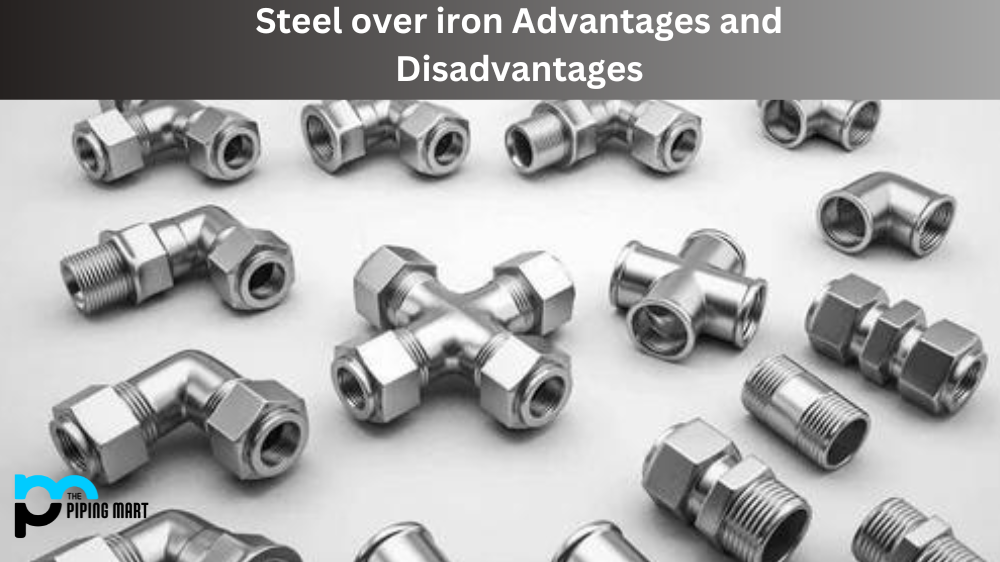When deciding which steel to use for your project, it’s essential to consider factors such as strength, durability, and cost. Two commonly used steel grades are 1080 and A36. In this blog post, we’ll compare these two steel grades and discuss which one may be the best choice for your project.
Difference Between 1080 and A36 Steel
Composition and Properties
1080 steel is a high-carbon steel alloy containing 0.80% carbon. This composition gives it excellent hardness, toughness, and wear resistance, making it ideal for applications such as knives, springs, and tools. A36 steel, on the other hand, is a low-carbon steel alloy containing just 0.25% carbon. Its strength, ductility, and durability are commonly used in construction and engineering projects.
Strength and Yield
1080 steel is known for its high strength, with a typical tensile strength of 95 ksi and a yield strength of 85 ksi. A36 steel, on the other hand, has a tensile strength of 58-80 ksi and a yield strength of 36 ksi. While 1080 steel is more robust than A36, it can be more challenging due to its hardness and brittleness.
Durability
Both 1080 and A36 steel are known for their durability but for different reasons. 1080 steel’s high carbon content gives it excellent wear resistance, making it ideal for cutting and grinding applications. A36 steel’s low carbon content makes it more malleable and easier to work with, with good resistance to wear and tear.
Cost
1080 steel can be significantly higher than A36 steel due to its higher carbon content and overall strength. A36 steel is more affordable and widely available, making it a popular choice for many construction and engineering projects.
Applications
In general, 1080 steel is best suited for applications that require high strength, durability, and wear resistance, such as knives, springs, and tools. A36 steel is best suited for applications that require good strength and durability but with a lower need for hardness and wear resistance, such as construction and engineering projects.
Heat Treatment
1080 steel is typically heat treated at a higher temperature than A36 steel. This helps to improve its hardness and wear resistance. However, it also makes 1080 steel more susceptible to cracking and corrosion.
Mechanical Properties
1080 steel has a higher Tensile Strength than A36 steel. This means that 1080 steel is more likely to resist being pulled apart than A36 steel. However, both steels have the same Yield Strength, which means they are equally likely to resist being deformed under stress.
Advantages and Disadvantages
The main advantage of 1080 steel over A36 steel is its higher hardness and wear resistance. However, this comes at the expense of increased susceptibility to cracking and corrosion.
Conclusion
When deciding which steel grade to use for your project, it’s essential to consider factors such as composition, strength, durability, and cost. While 1080 steel is stronger and more wear-resistant than A36 steel, it can be more challenging to work with and costlier. A36 steel is more affordable and widely used in construction and engineering projects, with good strength and durability. Ultimately, the choice between 1080 and A36 steel will depend on the specific requirements of your project.

Hey, I’m Krutik, a casual blogger expert in the metal industry. I am passionate about providing valuable information to my readers. With a background in engineering and construction, I like playing Cricket & watching Netflix shows in my free time. Thank you for visiting my blog, and I hope you find my information helpful!




